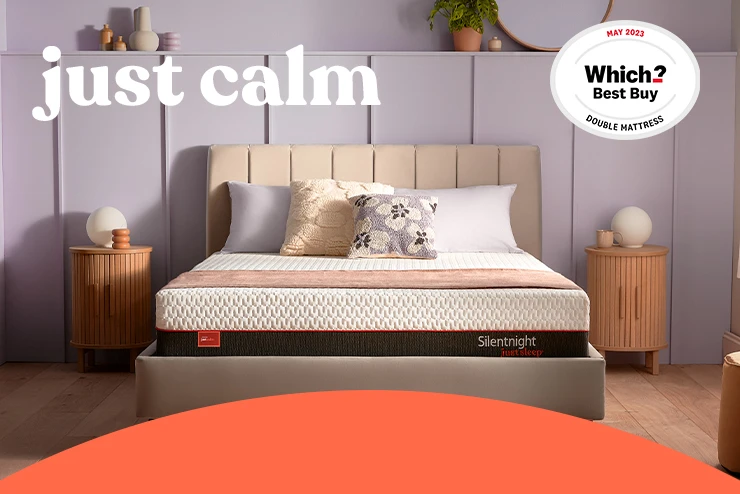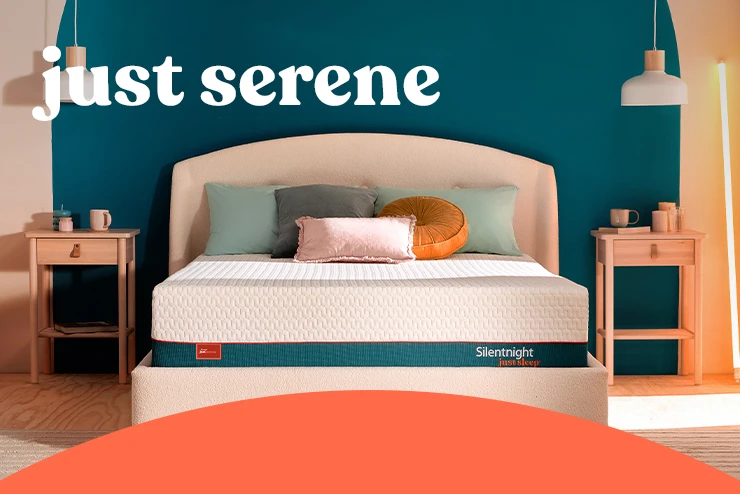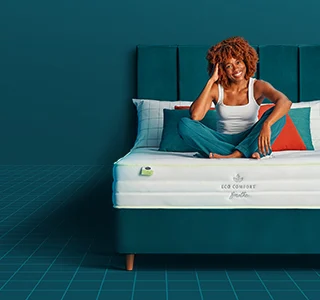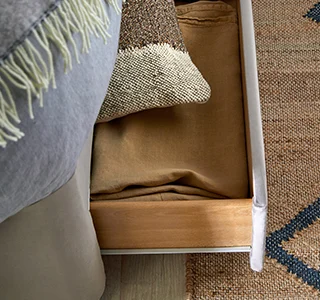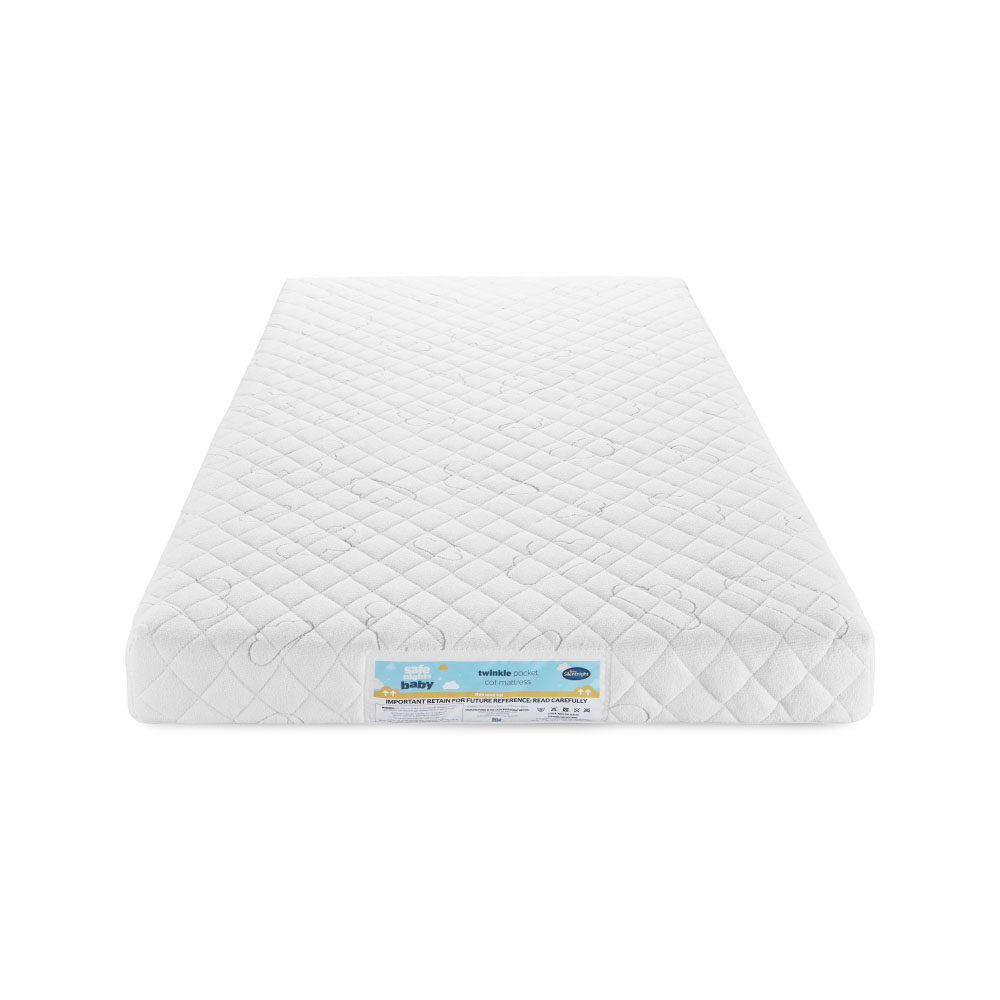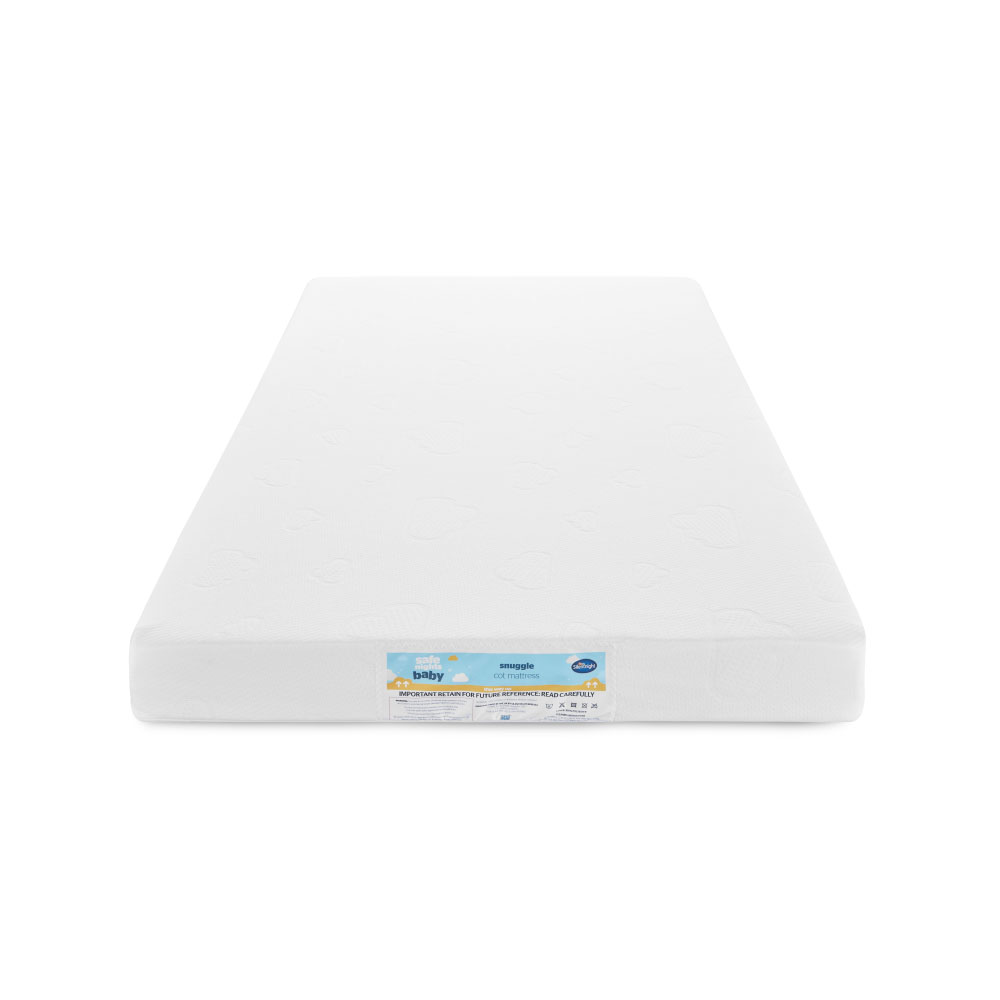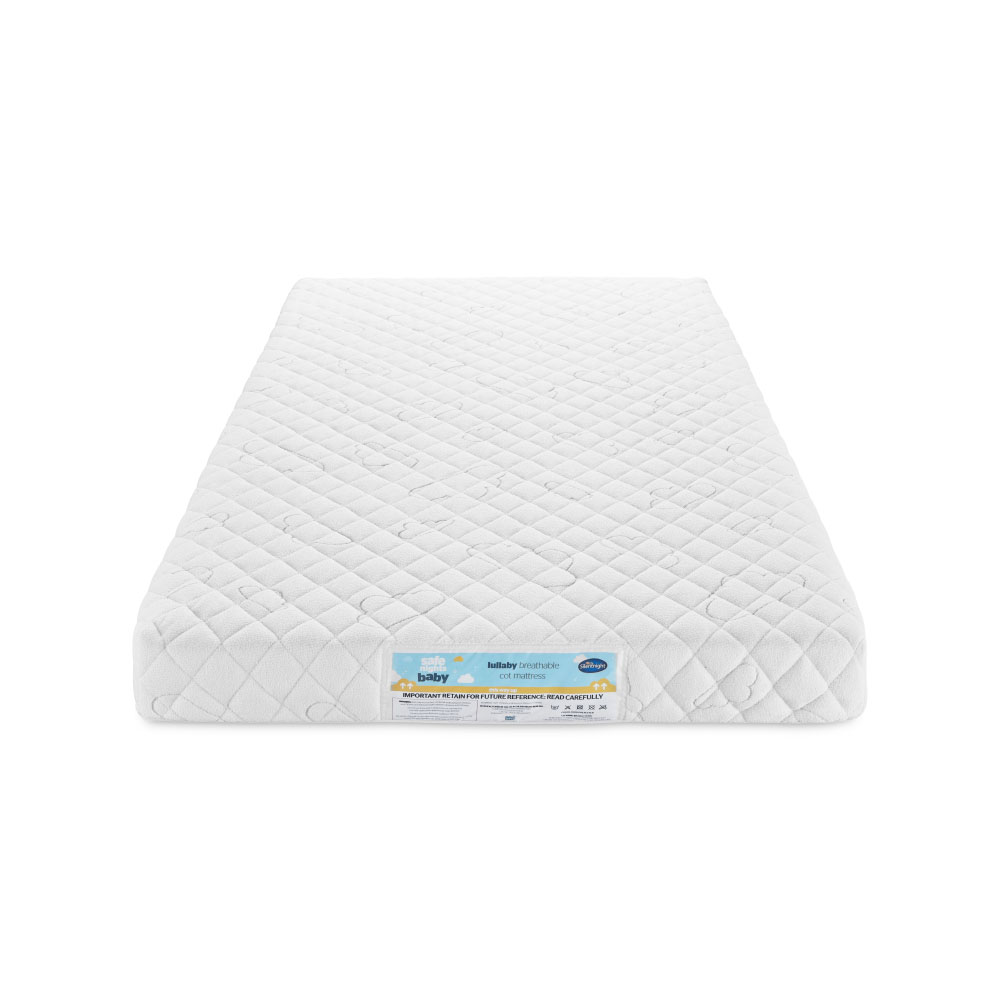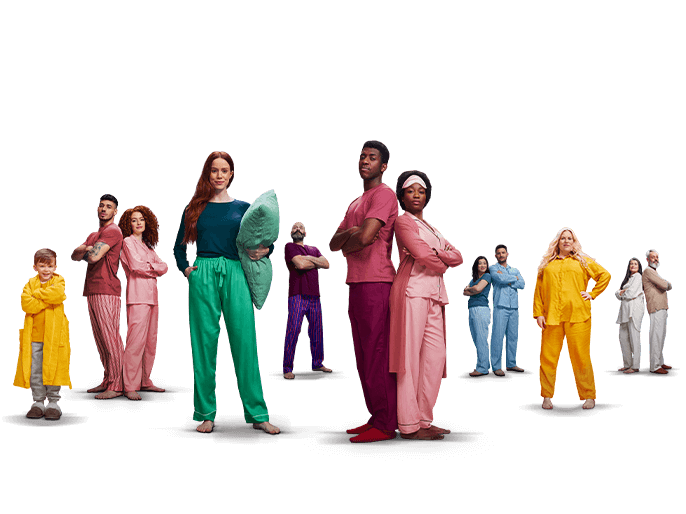how to choose the best cot mattress for your baby
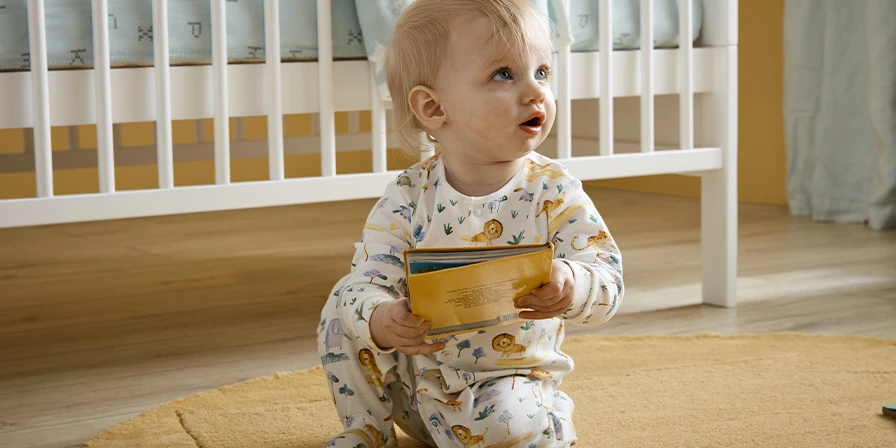
Whether you’re expecting your first child, or even your second or third, choosing the perfect mattress for your baby is one of the most important decisions you’ll make in readiness for your new arrival. Quality sleep is vital to a baby’s physical and mental development, which is why choosing the perfect cot mattress is so important. We’ve answered some of the most common questions you might have when picking the right sleep solution for your little one.
what’s the difference between a cot and a cot bed mattress?
When buying a new cot bed mattress pay careful attention to the size of the mattress. Firstly, make sure to check whether you’ve purchased/are purchasing a cot or a cot bed, because there is a difference, and it’s not always clear.
It’s strongly advised you allow no more than 3cm between the sides and edges of the mattress and the cot. This is to make sure your baby or toddler doesn’t trap their legs or arms down the sides in their sleep. Choosing the right size mattress (cot or cot bed) will ensure you meet this advice.
A traditional cot will be designed to fit a 60cm x 120cm mattress, whereas a cot bed will fit a 70cm x 140cm mattress. They will slightly vary in depth, depending on the filling and support system (we’ve got more on this below)
Cot beds come in various designs, but they’ll normally come with a removable side panel, allowing it to transition from a cot shape for a younger baby to a toddler bed as your child grows.
Some mattresses will be available to buy in both sizes (cot and cot bed), while others will only be offered in one size, so be sure to check before you checkout!
do babies like a firm or soft mattress?
It might be tempting to go for a soft and cushy mattress for your baby as it feels comfier to you. However, it’s actually really important to look for a firmer mattress for your little one. That’s because if the sleeping surface is soft and bumpy, your new born may get stuck in a dangerous position – such as on their front – which can affect their breathing. A firmer mattress will provide much more support in the areas they need it most, and make for a much more comfortable night’s sleep for them.
are foam or spring mattresses better for my baby?
Foam mattresses tend to be cheaper than spring mattresses, however we prefer to be extra safe for our babies mattresses and avoid foam and anything else made with chemicals. Opt for polyester fibers and for a step up - spring mattresses will offer more support for longer, so are well suited for cot beds, used for children up to 4 years old. Silentnight’s Safe Nights sprung mattresses feature pocket springs, which offer even more support than an open coil spring.
should you get a new mattress for each baby?
It’s advised that when you have a new baby you buy a new mattress. Independent consumer group, Which?, have found older mattresses lose their firmness over-time, which may mean it can’t provide your new born with a safe sleeping environment.
how do I know a mattress is safe for my baby?
Your newborn’s health and well-being is the most important thing in the world. That’s why Silentnight Safe Nights cot and cot bed mattresses have been tested to the highest UK safety standards in our SATRA approved testing lab. All of our mattresses are also foam and chemical treatment-free, which means a purer, cleaner sleeping environment for your baby.
Now you know everything there is to know about choosing the right mattress for your baby, check out our Safe Nights range to make sure your little one sleeps safely and soundly.


